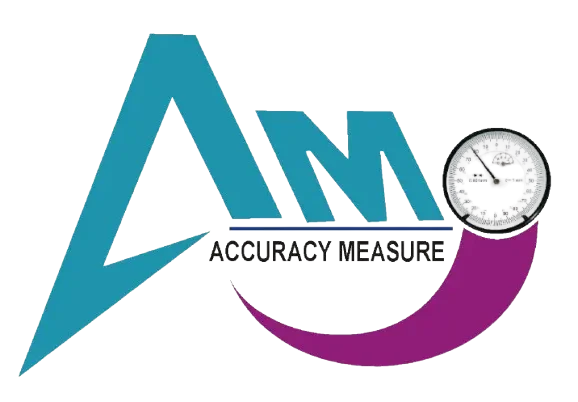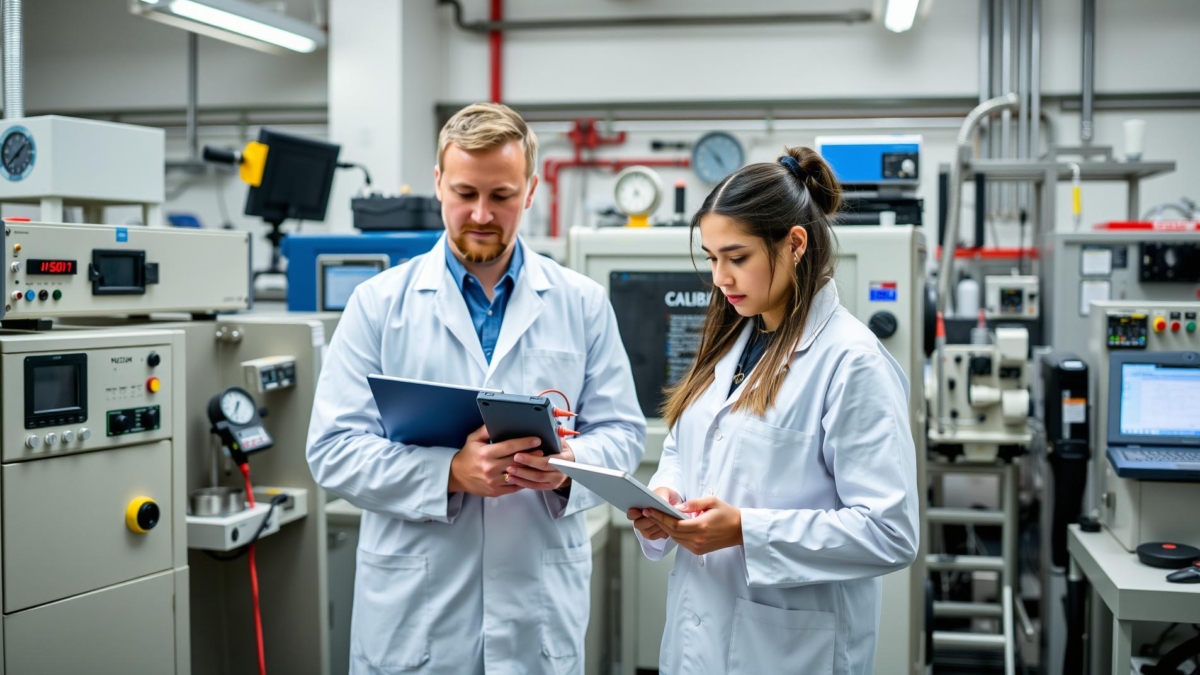In industries such as manufacturing, healthcare, and construction, tools and equipment are the backbone of operations. Regular servicing of these tools is essential to ensure they perform reliably and efficiently. Whether it’s a pressure gauge, a torque wrench, or a digital thermometer, routine maintenance keeps them in top condition, prolonging their lifespan and preventing unexpected breakdowns.
What is Tool Servicing?
Tool servicing refers to the regular inspection, cleaning, adjustment, and repair of equipment to ensure it operates correctly. Unlike calibration, which focuses on the accuracy of measurements, servicing involves maintaining the overall functionality of the tool. This process may include checking for wear and tear, lubricating moving parts, tightening loose components, and replacing worn-out parts. The goal is to keep tools working smoothly and avoid unexpected failures that can disrupt operations.
Why is Tool Servicing Important?
- Enhances Performance and Accuracy: Tools that are regularly serviced perform better and are less likely to produce errors. Even the best equipment can lose efficiency over time due to dust, corrosion, or mechanical wear. Regular servicing ensures that every part of the tool is functioning as intended, which helps maintain accuracy and performance.
- Increases Equipment Lifespan: Investing in regular maintenance helps prolong the life of tools. Regularly serviced equipment is less likely to suffer from serious damage, which can result in costly repairs or the need for premature replacement. By catching small issues early, businesses can avoid significant expenses and ensure their equipment lasts longer.
- Prevents Downtime: Unexpected equipment failures can lead to costly downtime, affecting productivity and project timelines. Routine servicing helps identify potential problems before they escalate, reducing the risk of breakdowns. This ensures that tools are always ready to be used, and operations can continue without interruptions.
- Ensures Safety: Properly maintained tools are essential for safety, especially in industries where faulty equipment can lead to accidents. For example, a malfunctioning pressure gauge or a poorly maintained power tool can create hazardous conditions for workers. Regular servicing ensures that equipment is safe to use, reducing the risk of workplace injuries.
When and How to Service Tools?
The frequency of servicing depends on how often the equipment is used, the operating environment, and manufacturer recommendations. Tools that are used frequently or in harsh conditions may need more regular servicing. For instance, equipment exposed to dust, moisture, or extreme temperatures may require more frequent checks and maintenance.
Servicing can be done in-house by trained personnel or outsourced to professional service providers. Regardless of who performs the maintenance, it is crucial to follow a structured approach, including visual inspections, testing, cleaning, and part replacement if needed. Using genuine parts for repairs and following the manufacturer’s guidelines ensures the equipment’s integrity and longevity.
Conclusion
Routine tool servicing is a critical aspect of equipment management that should not be overlooked. It ensures that tools are always in optimal working condition, reducing the likelihood of errors, breakdowns, and accidents. Regular servicing not only improves the performance and accuracy of tools but also extends their lifespan, offering significant cost savings over time.
In industries where precision, efficiency, and safety are essential, tool servicing plays a vital role in maintaining smooth operations. Businesses that prioritize regular maintenance of their equipment can expect fewer disruptions, better product quality, and a safer working environment. Simply put, servicing is an investment in the reliability and longevity of the tools that power industries around the world.


